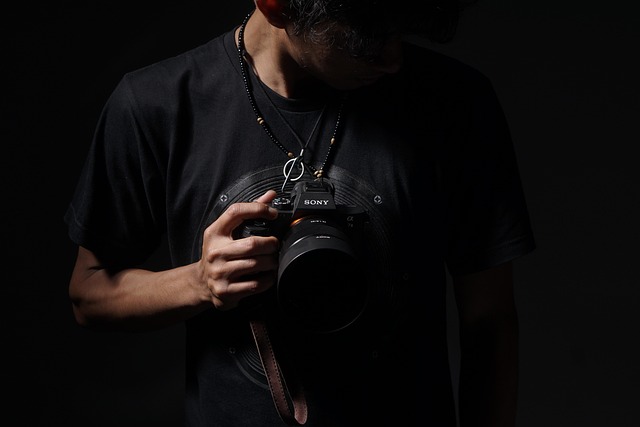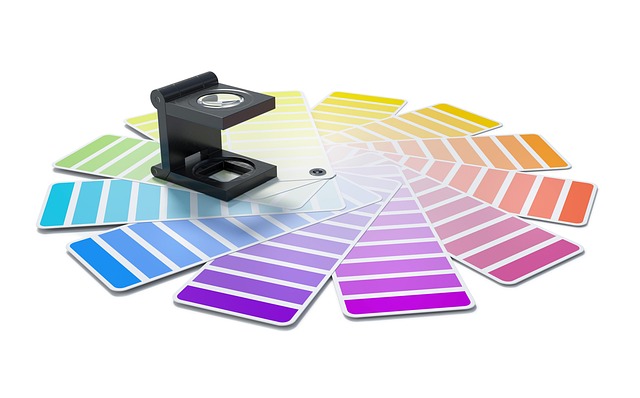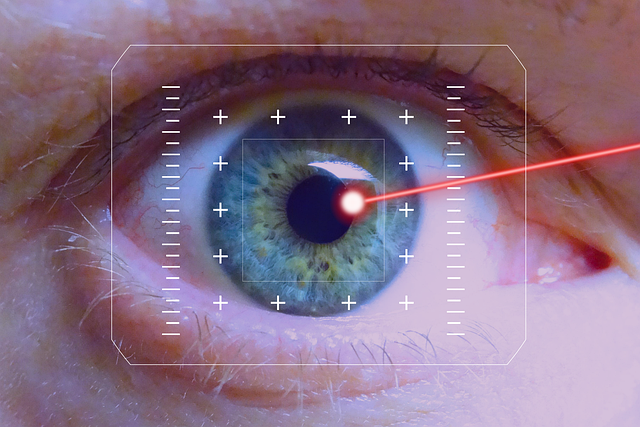Capturing Light: Understanding Photo Sensitivity in Photography
As any passionate photographer knows, the essence of great photography lies in the ability to understand and manipulate light. One of the most crucial elements in this journey is photo sensitivity. Whether you are an amateur snapping pictures on your smartphone or a seasoned professional with a DSLR in hand, the concept of photo sensitivity shapes the way you see and capture the world around you.
What is Photo Sensitivity?
In the realm of photography, photo sensitivity refers to the responsiveness of a camera sensor or photographic film to light. Different materials react to light in varying degrees, influencing how images are captured and interpreted. This property not only affects exposure settings but also contributes to the mood and spirit of your photographs.
The Magic of Light and Emotion
Have you ever gazed at a photograph and felt an instant connection to its emotion? This is largely influenced by photo sensitivity. The way light is captured can evoke feelings ranging from warmth and tranquility to starkness and drama. A beautifully lit portrait, where every detail shines through, brings life to a subject’s expression. Conversely, an image captured in low lighting can elicit feelings of mystery and introspection.
Understanding Your Camera’s Sensitivity
Modern cameras come equipped with sensors that provide various levels of photo sensitivity. The sensitivity, often quantified in ISO, dictates how well your camera can perform in different lighting scenarios. Low ISO values (e.g., 100 or 200) are ideal for bright environments, while higher values (e.g., 1600 or 3200) allow for stunning captures in dim conditions, albeit with a potential increase in noise.
Mastering Exposure with Photo Sensitivity
To fully harness the magic of photo sensitivity, understanding the exposure triangle is essential. This triangle consists of aperture, shutter speed, and ISO, each playing a critical role in how light is captured. Adjusting these settings transforms your images dramatically, allowing you to depict the scene precisely as you envision it.
- Aperture: Controls the amount of light entering through the lens, affecting depth of field.
- Shutter Speed: Determines the length of time the sensor is exposed to light, impacting motion capture.
- ISO: Adjusts the camera’s sensitivity to light, which can either heighten or dampen noise in your images.
The Artistic Side of Photo Sensitivity
Beyond the technical aspects, photo sensitivity invites photographers to explore their creative expression. The play of light can accentuate textures, shapes, and colors, offering a canvas for storytelling. Utilizing shadows effectively can produce dramatic effects that hold viewers’ attention, whereas soft lighting can create ethereal moments that linger in the heart.
Embracing the nuances of photo sensitivity allows you to develop your unique photographic style. Experimenting with different lighting conditions helps you understand how to evoke particular feelings and narratives through your work. Remember, the world is always dynamic, and so is the light that surrounds us—learning to dance with it can lead to breathtaking imagery.
Photography as a Journey
Ultimately, photography is as much about mastering technical skills as it is about capturing the fleeting moments that speak to our human experience. Understanding photo sensitivity empowers you to not only capture what is in front of you but also to invite others into the emotions and stories that visuals can convey. So grab your camera, venture into different lighting conditions, and let your understanding of light guide you on this beautiful journey of discovery in photography.




